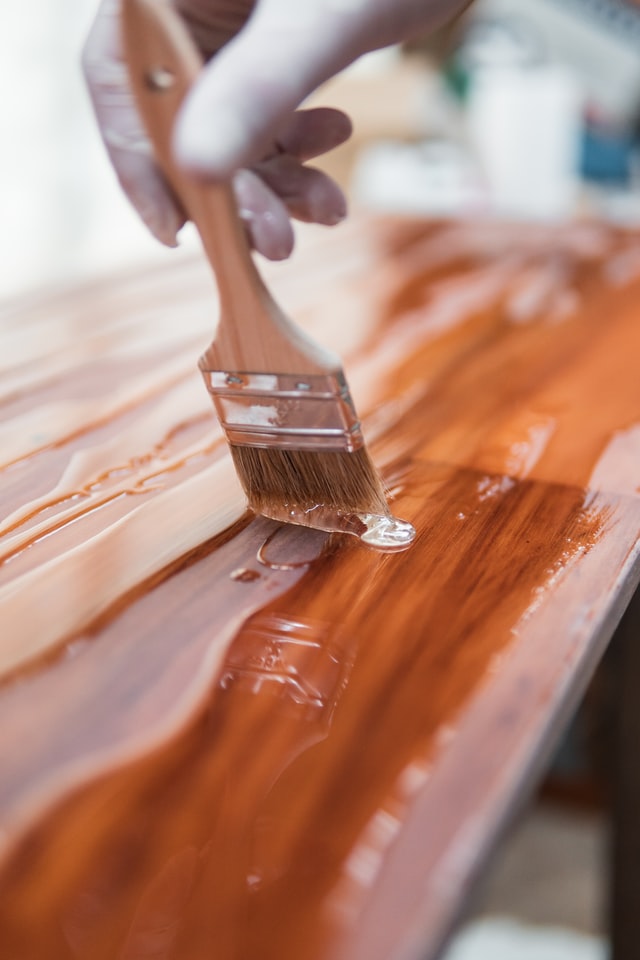
The furniture industry is evolving day by day. In every quarter of the year, a new trend and design rollout. Especially when we’re talking about table’s such as dining tables, office tables and meeting tables, they’re on the top. Yes, we’re talking about custom-designed resin tables, which are on the top of the trend today.
You may have seen some unusual tables that mimic the flow of water or the river. Such tables are known as custom-designed resin tables. You might be wondering how they’re made or want to know generally about such tables. That’s why in this article, we’ve written an ultimate article on everything you need to know deep pour epoxy.
So let’s get into it!
What is Deep Pour Epoxy?
Deep pour epoxy is basically a type of clear epoxy or popularly known as arts and crafts epoxy. However, in deep pour epoxy, it’s altered to make it suitable for resin tables. In tables, it’s used to create mind-blowing and extraordinary tables. It’s trendy when the designer wants to mimic water flow inside the table. In fact, in 99% of river or water flowing designer tables, deep pour epoxy is used.
Because it’s the perfect substance that the designer can use to mimic the water in the designer table, not just that, deep pour epoxies are also used to give shine to the table and position the preferred material inside the table in its place. This is all possible due to the deep pour epoxy that custom-designed tables will exist in 2021.
How is Deep Pour Epoxy Made?
So basically, the deep pour epoxy manufacturing process is quite tricky from other types of epoxy resin. First of all, it’s designed to dry faster than standard epoxy. For example, an ordinary epoxy takes about 48-96 hours to dry completely. At the same time, deep pour can dry completely within 24-72 hours quickly.
Secondly, it provides much higher transparency than regular epoxy. To be precise, a deep pour epoxy provides a transparency level of about 85%-97% (depending on the quality of epoxy). The manufacturers achieve it by altering the BPA of epoxy.
Lastly, the deep pour epoxy is usually much denser, and the BPA used in this epoxy forms longer chains than regular epoxy. This high density and longer chains made the deep pour epoxy much more rigid (like hard PVC) than standard epoxy.
Uses of Deep Pour Epoxy
Now you might be wondering what the benefits of deep pour epoxy are? Note that deep pour epoxy isn’t just limited to creating designer tables. It’s just an ideal substance for it.
DIY: Deep pour epoxy is perfect for use in DIY projects. Because it dries faster, provides higher rigidity and can be moulded in the way you want.
Custom Designed Reason Tables: Resin tables cover a large sector of deep pour epoxy. They’re widely used to make custom design tables. Because resin is a substance that you can mould in the way you want, you can get 100% desired output according to your imagination. They’re usually used to create transparent looking tables, and water flows in the table.






